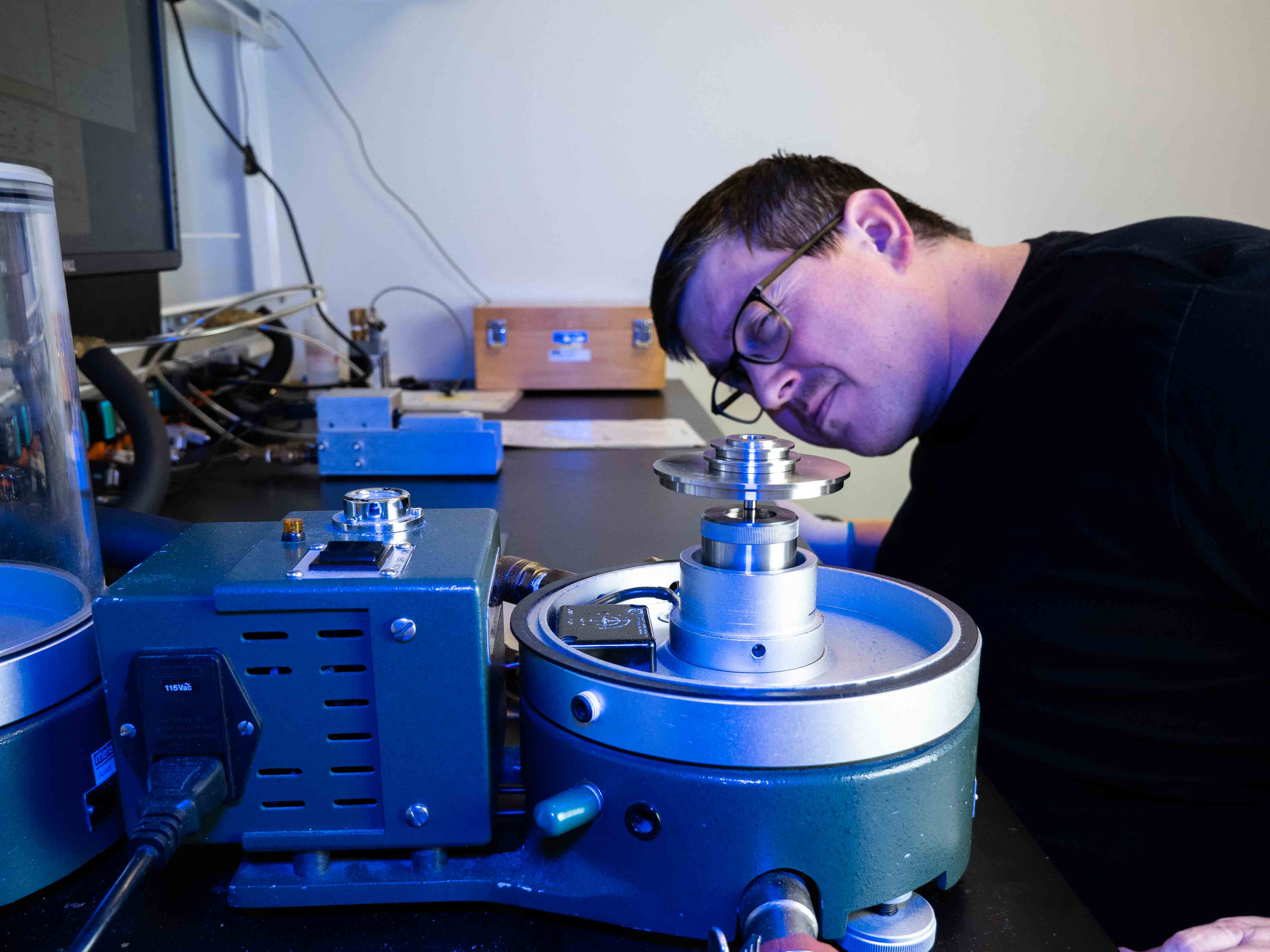Is accuracy or timeliness more important?
When you partner with Mensor’s A2LA accredited calibrations lab, you get both.
Since 1969, Mensor has been dedicated to manufacturing the finest, high-accuracy, pressure measuring and calibration system available — it is that international reputation for quality and service that solves your need for both timeliness AND accuracy.
We know your industries and business. We support a myriad of systems, not just our own. We understand the difference between process time and lead times — offering 5-days or less expedited service: guaranteed.
Why Calibrate?
The reasons to calibrate are simple. Calibration of components, equipment, and products can:
- Save Money
Cost and waste reduction through standardization will increase profits. - Ensure Safety
Calibrated products and components perform as expected and are safe to use. - Ensure Quality
Calibrated components and equipment will produce standardized products reliably. - Shorten Production Time
When quality components are available, no time is wasted replacing out of tolerance components. - Assure Compliance to Certifications
Compliance to industry regulations and company certifications is assured. - Determine Accuracy
Calibration will allow reliable reporting of product accuracy. - Provides Traceability
Calibrations may be performed with traceability to national standards, if necessary. - Increase Consistency and Reliability
Products built to the proper specification perform better and last longer. - Compensate for Drift
Drift error is corrected by regular calibration. - Prevent and Predict Process Failures
Reliable and accurate sensors can detect gradual movement toward out of tolerance process conditions.
Calibration Capabilities
In addition to the full range of Mensor product and systems, our calibration labs can recalibrate Fluke/DHI (PPC3 & PPC4), Fluke/Ruska (7250, 7250LP, 7250I & 7250xi), GE (Pace 5000 & 6000), as well as Additel, Druck, Heise and many more. Click here for a complete list of our calibration capabilities.
How Often Should You Calibrate?
At its core, calibration provides a way to find the best estimate of the true value of a quantity being measured. There is no way to find the true value of a measurement, but it's possible to get close. That closeness to the truth is what we refer to as accuracy. Calibration is a way to ensure measurements taken from a device are close to the true value. This is done by comparing the device output to a reference device that is more accurate. Best practices dictate this reference device should be traceable to a national or an international standard traceable to SI units.
All sensors drift, some more than others. Manufacturers usually have a good idea of how long it will take for a sensor to drift to an out-of-tolerance condition. A manufacturer will recommend a "calibration interval" based on their experience and a sensor's inherent calibration stability. This calibration interval is usually found in the sensor's specification. The "recommendation" implies some leeway to extend or reduce the interval based on the ongoing history of an individual sensor. Some sensors may remain in tolerance longer than others. In practice it is up to the user to determine when to re-calibrate based on experience with each sensor.



